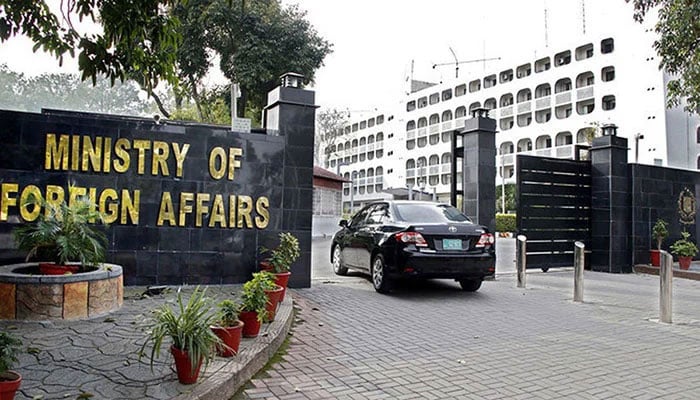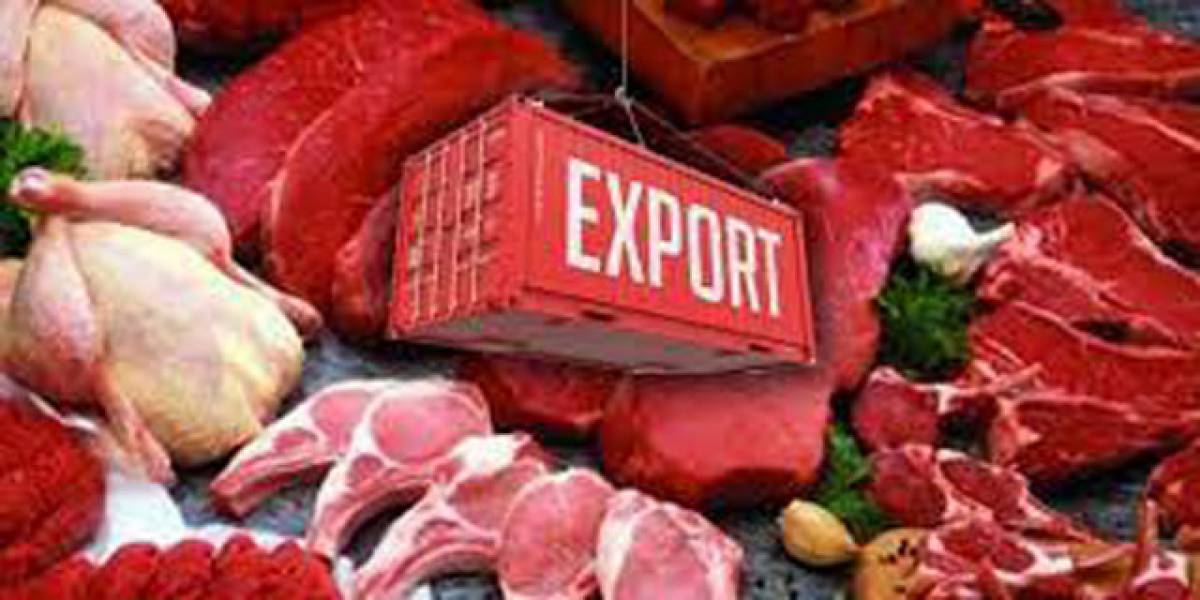Dr Shabana Safdar Khan
The livestock sector is one of the most important sectors in the Pakistani economy. It contributes significantly to the country’s GDP, provides employment and income to millions of people, and is a major source of food and nutrition. The livestock sector accounts for about 12% of Pakistan’s GDP and employs over 10 million people. It is also a major source of foreign exchange earnings. In 2022, Pakistan exported livestock products worth over $1 billion.
The livestock sector plays a vital role in the lives of millions of Pakistanis, particularly in rural areas. It provides employment and income to small-scale farmers and herders. Livestock products are also a major source of food and nutrition for the Pakistani population.
Pakistan is a net importer of food. However, the livestock sector plays an important role in ensuring food security in the country. Livestock products are a major source of protein and other essential nutrients for the Pakistani population.
How to develop the livestock sector in Pakistan:
The livestock sector in Pakistan has a lot of potential for growth. However, there are a number of challenges that need to be addressed in order to develop the sector to its full potential.
Some of the key challenges facing the livestock sector in Pakistan include:
Low productivity: The productivity of livestock in Pakistan is relatively low compared to other countries. This is due to a number of factors, including poor genetics, inadequate feeding and nutrition, and disease.
Lack of access to credit and finance: Small-scale farmers and herders often have difficulty accessing credit and finance to invest in their businesses. This limits their ability to improve their productivity and incomes.
Weak market linkages: Farmers and herders often lack access to efficient and transparent markets for their products. This leads to low prices and reduced incomes.
Disease outbreaks: Pakistan is vulnerable to disease outbreaks, such as foot-and-mouth disease and avian influenza. This can have a significant impact on livestock production and income.
Short Review of the Strategies for Development:
The following are some of the key strategies that can be adopted to develop the livestock sector in Pakistan:
Improve productivity: This can be achieved through improved genetics, better feeding and nutrition, and disease control.
Improve access to credit and finance: The government and financial institutions can work together to develop programs to provide credit and finance to small-scale farmers and herders.
Strengthen market linkages: The government can work with the private sector to develop efficient and transparent markets for livestock products.
Improve disease surveillance and control: The government can invest in disease surveillance and control programs to reduce the risk of disease outbreaks.
In addition to the above strategies, the government can also promote the development of the livestock sector by:
Providing support for research and development: This will help to develop new technologies and practices to improve livestock productivity and disease control.
Investing in infrastructure: This includes investing in roads, irrigation systems, and veterinary facilities.
Promoting sustainable livestock production practices: This includes promoting the use of renewable energy sources, such as solar and biogas, and the management of manure and other waste products in an environmentally friendly manner.
By taking these steps, the government can help to develop the livestock sector in Pakistan and make it a major contributor to the country’s economy and food security.
The Role of Provincial Departments:
Livestock is a devolved subject according to the Constitution of Pakistan. Therefore, provincial Livestock and Dairy Development departments must play a critical role in the sector’s development. Provincial Livestock Departments (PLDs) can play an important role in the development of the livestock sector by:
Providing extension services to farmers and herders: PLDs can provide farmers and herders with training on improved livestock management practices, such as feeding and nutrition, breeding, and disease prevention. PLDs can also provide farmers and herders with access to information on new technologies and markets.
Improving livestock productivity: PLDs can work with farmers and herders to improve livestock productivity through programs such as artificial insemination, vaccination, and deworming. PLDs can also help farmers and herders to access improved livestock breeds.
Controlling livestock diseases: PLDs can work to control livestock diseases through vaccination programs, surveillance, and early detection and response. PLDs can also play a role in educating farmers and herders on biosecurity measures.
Improving market linkages: PLDs can work to improve market linkages for farmers and herders by providing them with access to information on market prices and demand and by helping them develop relationships with buyers. PLDs can also facilitate the formation of cooperatives and other producer organizations.
Promoting sustainable livestock production practices: PLDs can promote sustainable livestock production practices by providing farmers and herders with training on topics such as grazing management, manure management, and water conservation. PLDs can also help farmers and herders to access sustainable livestock production technologies.
Here are some specific examples of how PLDs can implement these strategies:
Establish livestock demonstration farms: PLDs can establish livestock demonstration farms to showcase improved livestock management practices to farmers and herders. Demonstration farms can also be used to train farmers and herders on new technologies.
Provide mobile veterinary services: PLDs can provide mobile veterinary services to farmers and herders in remote areas. This will help to improve access to veterinary care and disease control services.
Develop livestock market information systems: PLDs can develop livestock market information systems to provide farmers and herders with access to information on market prices and demand. This will help farmers and herders get better prices for their products.
Facilitate the formation of cooperatives and other producer organizations: PLDs can facilitate the formation of cooperatives and other producer organizations to help farmers and herders collectively market their products and negotiate better prices.
Provide subsidies for sustainable livestock production technologies: PLDs can provide subsidies to farmers and herders for sustainable livestock production technologies, such as solar-powered water pumps and biogas digesters. This will help farmers and herders to adopt sustainable practices and reduce their environmental impact.
By implementing these strategies, PLDs can play a significant role in developing the livestock sector and improving the livelihoods of farmers and herders. Hence, provincial departments must play a critical role in developing livestock sectors in Pakistan.
Please, subscribe to the monthly magazines of the republicpolicy.com
















